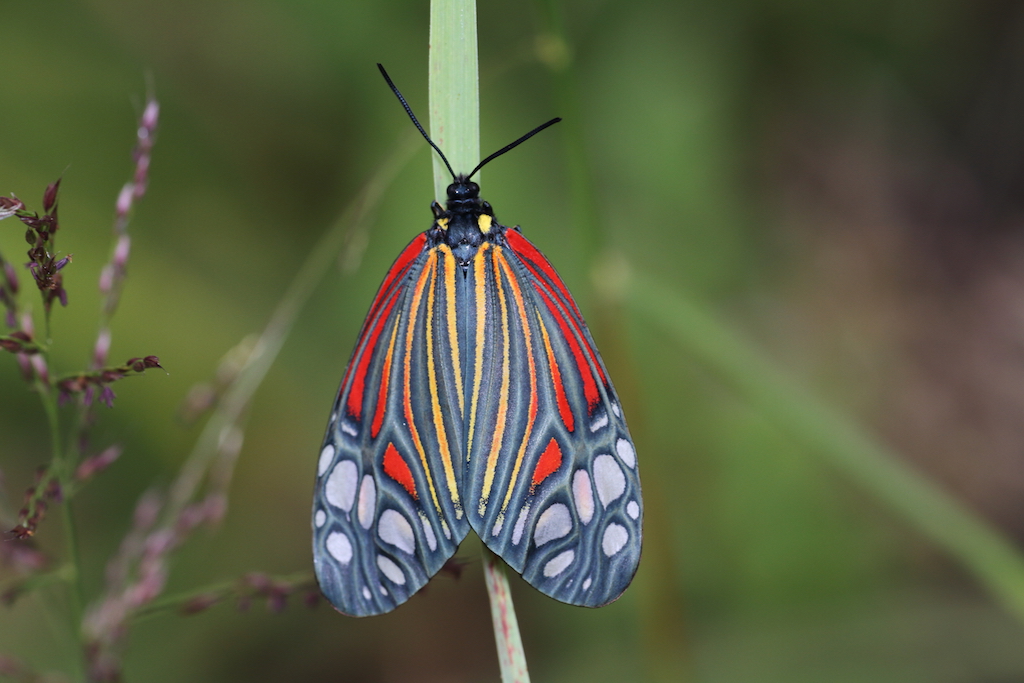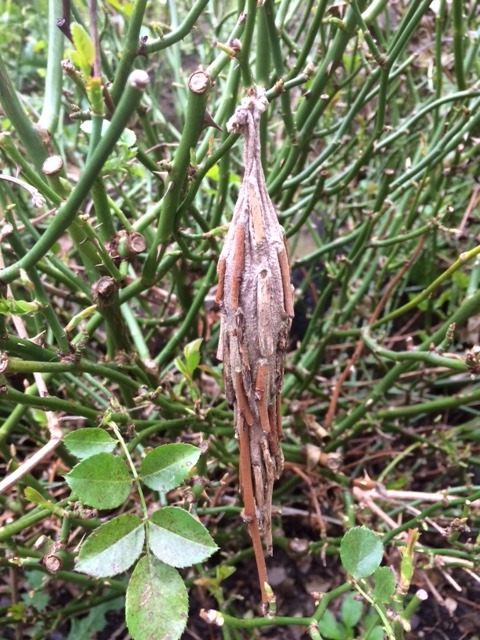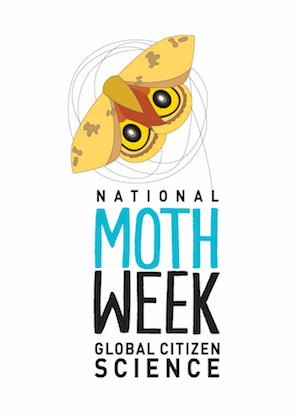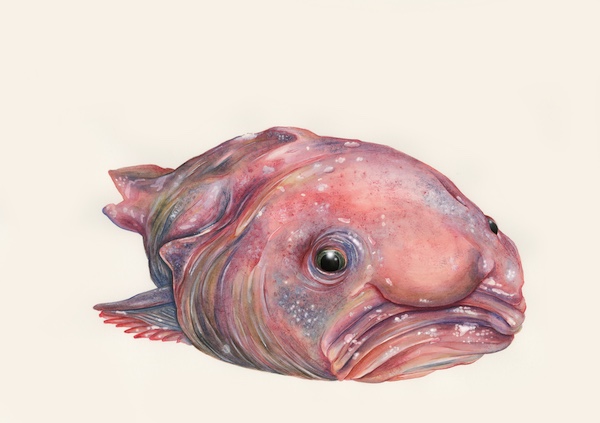Who are the Moth-ers? Lovers of moths, that’s who!
In this series, we meet some moth-ers from around the world. We’ll learn why moths are interesting and how everyone can enjoy their beauty. Hopefully you’ll be inspired to get outside and go mothing yourself!
From India, let’s give a warm welcome to Pritha Dey, expert moth-er and researcher:


Doug Beetle: What makes you excited about moths and how did you get interested in them?
Pritha: The sheer diversity (variety of types) of moth species, and the fact that we know so little about them in India, makes me work to know them even more.
I started off as naïve researcher, going into the remote areas of the west Himalayan landscape to document the moth fauna there. As I read more and more about them, I was intrigued by the lack of knowledge of this fascinating group of insects, which are so crucial to the terrestrial (land-based) ecosystem as pollinators (animals that move pollen from plant to plant and help fertilize plants), bioindicators (showing the health of an ecosystem) and as food for other animals.
I decided to work towards moth conservation in India, but how do we conserve a species if we don’t even know how many there are, and when and where they occur? There are estimated 12,000 species of moths in India. So I had to start from scratch and I’m still continuing to understand their diversity, distribution (how species are spread around an environment or area) and ecological roles (how animals interact with and contribute to their environment) in our country of diverse landscape and climates.
Doug Beetle: Do you have a favorite moth?
Pritha: There are too many favorites to pick out a single one. But if I have to choose, I will go for the Harlequin moth (Campylotes histrionicus). It is a stunningly colourful day-flying moth, found in the low-mid elevation areas in the Himalayas and other parts of Asia.
It is black with red and orange streaks and white spots. These vivid colors show that Harlequin moths are distasteful and help keep the predators away.
Harlequin moth:

Photo credit: Tarun Karmakar.
ChanduBandi, CC BY 3.0 https://creativecommons.org/licenses/by/3.0, via Wikimedia Commons
It belongs to the Zygaenidae family of moths (commonly known as Burnet moths) which are day-flying, brightly colored and mimic (look similar to or imitate) other butterfly species. They mimic other distasteful butterfly species so as to escape predation (being eaten).
Like most of the moth species in India, we don’t know much about the life history strategies (how an animal develops, survives, and reproduces – has babies – over its lifetime) and ecological role of this species. But, every time I see this species fluttering around, I surely skip a heart beat.
Dig deeper: Learn about moth anti-predator behavior!
Anti-predator behavior (sometimes called antipredation) means behaving in a way to avoid being caught, injured or eaten.

Doug Beetle: What is something cool about moths that you would like everyone to know?
Pritha: There are a range of very interesting anti-predator behaviors which have evolved in both the caterpillars and adults of different moth species. These anti-predator behaviors can be visual (colors and morphology – the shape and structure of animal), chemical or behavioral (for instance, sound production), which are fascinating.
Visual anti-predator strategies:
Colors: Some species of day-flying moths (e.g tiger moths and burnet moths) have striking, bright colors and wing markings that sends a warning to the predators: Watch out! I am toxic in taste.
Saturnid moths have eye-markings on their wings which deter (discourage) predators.
Morphology: This is mostly seen in caterpillars. Some caterpillars have modified body hairs that cause irritation when touched (such as tiger moth caterpillars).
Some caterpillars resemble twigs and branches or bird poop in appearance to prevent easy detection while they are feeding.
Some caterpillars make protective covers around their body from plant materials (for instance, bagworm moths).
The protective case of a bagworm moth:


Bagworm case, Victoria, Australia. Images: Megan Strauss.
In adults, modified hindwings like in the Moon moth help in confusing bats by deflecting echolocation (bats use reflected sound called echolocation to locate moths and other prey).
Chemical anti-predator behavior:
Some caterpillars (for instance, stinging nettle caterpillar) and adults (most tiger moths) have chemicals stored in their body which are toxic to their predators.
Behavioral (sound-production) anti-predator behavior:
Some moths (tiger moths and hawkmoths) produce sound through their tymbal organs (sound producing organs) or stridulatory structures in response to echolocation of bats, which is the main predator of moths. As bats echolocate ultrasonically to hunt moths, certain species have evolved to produce ultrasound which confuses the bats and helps in escaping predation.
Thanks, Pritha. We’ve learned so much today about different ways moths avoid being eaten. Happy mothing!

Be part of the 10 year celebration of Moth Week! Become a citizen scientist and participate in a mothing event, July 17-25. For more info and a list of events, visit: nationalmothweek.org






